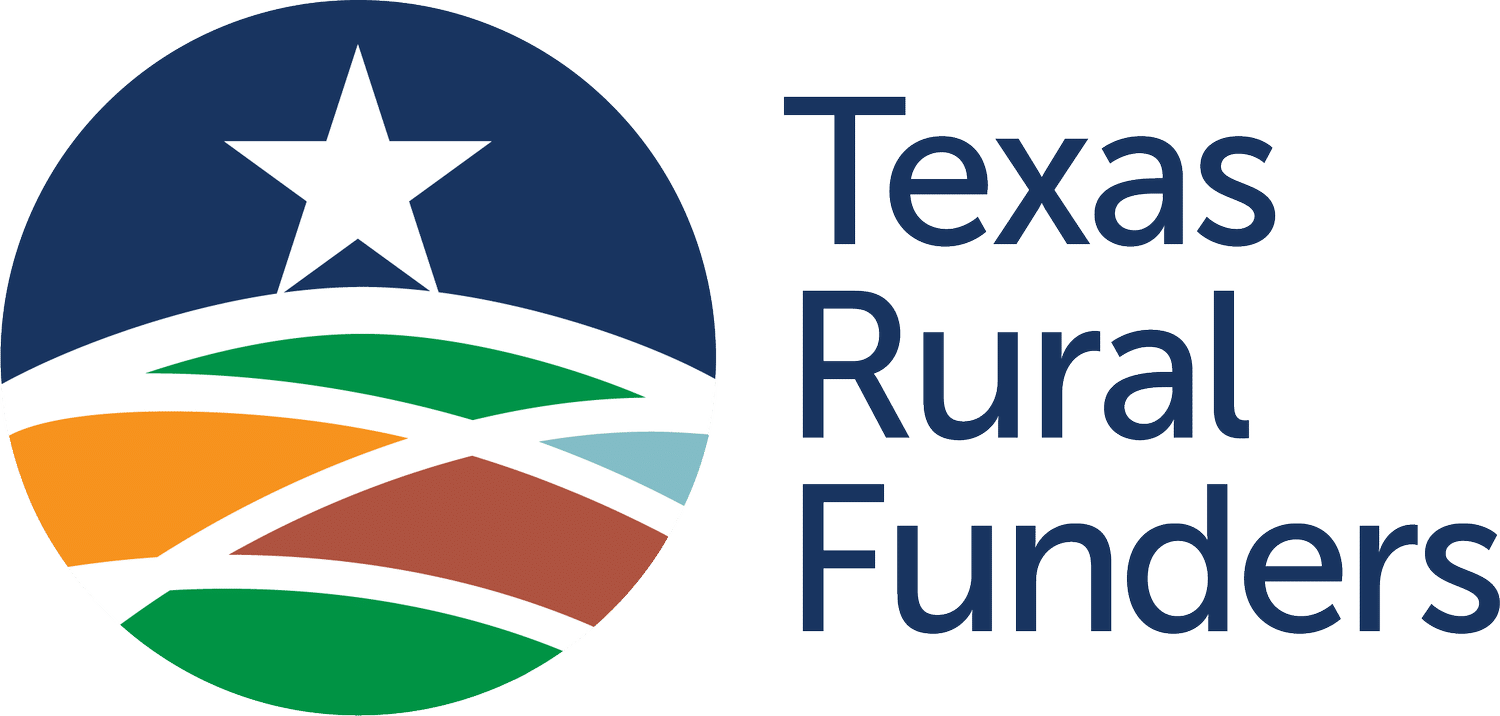Operation Connectivity formed to connect Texas’s 5.5 million public school students with an e-learning device and reliable internet sufficient for learning. The project started in May 2020 as a joint effort among Governor Greg Abbott, the Texas Education Agency, the Texas Legislature, Dallas ISD and ESC Region 4.
Project lead Gaby Rowe took on the challenge in a sequence of steps. The project first looked at devices and found that procurement was the single most difficult challenge. Over the course of a year, by collaborating with original equipment manufacturers, Operation Connectivity put 4.5 million devices into the hands of students across Texas. Nine hundred seventy-six of the 1228 districts in Texas engaged in Operation Connectivity, reaching every county of the state. The statewide effort resulted in a 40-50% cost reduction in devices and connectivity for districts and students. Texas leveraged $900 million in CARES Act funding, combining it with federal, state, and local sources.
For the 37% of Texas schools in rural areas, securing high-speed internet to support synchronous and asynchronous learning was the second, and more complex, part of the project. Through the Operation Connectivity Task Force, the state wanted to take an efficient and fiscally conservative approach. By connecting with reliable internet service providers willing to cover both urban and rural areas, the state identified telecom services that districts could choose. In the process, the state prioritized serving the most economically disadvantaged districts and the most disconnected census blocks. Families could access high-speed, no-cost internet directly from their district, eliminating the need for credit checks or other typical sign-up requirements.
The Operation Connectivity team worked with Connected Nation for technical assistance in understanding community needs and opportunities. “If not for the maps we were able to create with the data and information that came from Connected Nation,” said Rowe, “we never would have been able to go to school districts and say ‘Here are the providers that will serve your students and where they are located in your communities.’” Timely provider data enabled local coalitions to understand, prioritize, and engage providers to expand internet access for families.
Collaboration is key across communities in connecting the willingness to use devices and internet with the supply. The Operation Connectivity team engaged long-time partners in rural communities, including faith-based groups, hospitals, libraries, schools, colleges, and nonprofits in engaging people to sign up for and learn to use broadband. As community groups were engaged, power came from local people who articulated the problems faced in their community. Most of those problems did not start with the internet, but have solutions that come through digital inclusion.
The next challenge was adoption and utilization. This goal comes with acknowledgement of the risk that comes with internet access. As Rowe shares, “Internet and digital literacy are coming into homes at a time when cyber risk is higher than ever. Families are learning how do all sorts of things online, without the more sophisticated cyber training to be truly safe.” Students’ devices and internet access through Operation Connectivity have all the safeguards of district-based systems, avoiding putting new digital citizens at risk the moment they log on.
Operation Connectivity’s early outputs are impressive. Gaby Rowe challenges communities to stay focused in acting quickly, cohesively, and collaboratively. “We don’t want the people who are unserved today to be unserved when broadband access is no longer the hot issue.”
